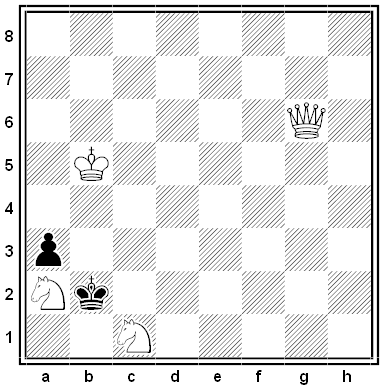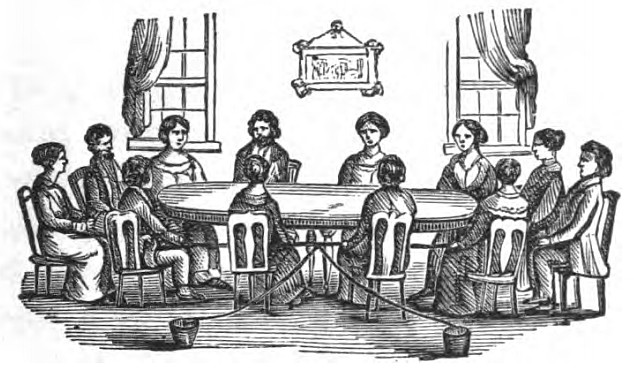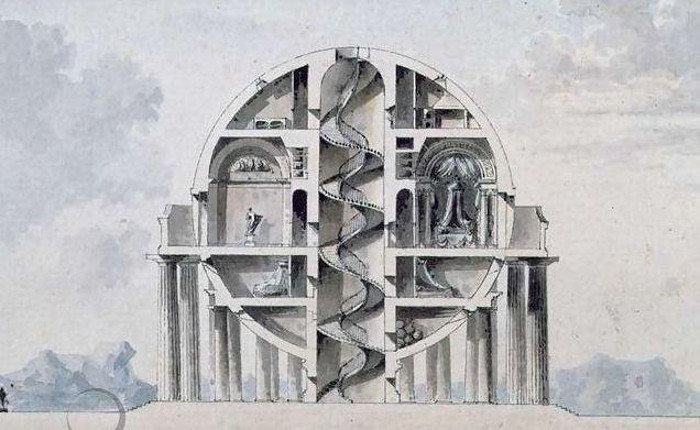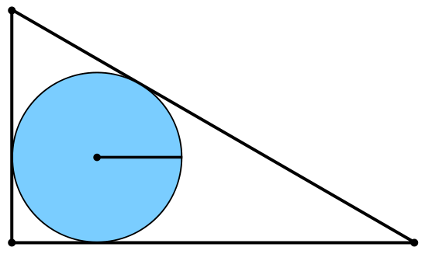
This problem, by Charles Pelle, won third prize among the Union des Problémistes de France in 1946. How can White mate in two moves?

This problem, by Charles Pelle, won third prize among the Union des Problémistes de France in 1946. How can White mate in two moves?
Submitted by Joseph Hall for Life magazine’s 1915 short story contest:
They were two women, one young, radiant, the other gently, beautifully old.
‘But, Auntie, it’s such fun.’
The older rose.
‘Wait.’
In a moment she had returned. Two faded yellow letters lay upon the young girl’s lap.
‘Read them.’
Wonderingly the girl obeyed. The first read:
Dearest:
I leave you to John. It is plain you care for him. I love you. Just now it seems that life without you is impossible. But I can no longer doubt. If you cared, there would be no doubt. John is my friend. I would rather see you his than any other’s, since you cannot be mine. God bless you.
Will.
The other:
Beloved:
I am leaving you to the better man. For me there can never be another love. But it is best — it is the right thing — and I am, yes, I am glad that it is Will you love instead of me. You cannot be anything but happy with him. With me — but that is a dream I must learn to forget.
As ever and ever,
John.

Shopping at a mall one afternoon, Dave Morice and his son Danny came across a set of poseable wrestling action figures. One accessory was a breakaway table that came in two jagged halves. The store had a policy that allowed customers to return a broken toy for one that wasn’t broken.
Morice said, “Now here’s a problem. The table comes broken in two. If it wasn’t broken, then it would be broken. In either case, it’s broken.”
Danny said, “Yeah! That means we can take it back any time for a brand-new one.”
“That’s another problem,” Morice said. “They couldn’t replace it with one that wasn’t broken.”
(From Word Ways.)
Volkswagen’s best-selling product isn’t a car — it’s sausages. Item number 199 398 500 A in the Volkswagen parts catalog is currywurst sausage. In the 1940s and 1950s the company owned a pig farm to help feed factory employees, and today a team of butchers in VW’s Wolfsburg factory still makes 6.5 million 10-inch sausages every year using a secret recipe.
VW sells them in 11 countries, but the U.S. is not one of them, due to regulations regarding the import of processed pork products. There is hope, though: VW has said it may begin producing the sausages in the United States.
“We have been successful in offering Americans our German-engineered vehicles,” the company’s Clint Waddell told the Wall Street Journal. “We hope Americans may also enjoy a German-engineered currywurst.”
(Thanks, Curtis.)
Carrying four persons and a sewing machine, the world’s weirdest bicycle recently had a tryout in Chicago, Ill. The two-story vehicle, known as the ‘Goofybike,’ is the creation of Charles Steinlauf. It carries the whole Steinlauf family. The inventor rides at the top and guides the contraption by means of a huge automobile steering wheel. Mrs. Steinlauf sits below, operating a sewing machine, while her son pedals behind and her daughter rides on the handlebars in front. When the odd vehicle is at rest, the projecting legs of the sewing machine prevent the lofty cycle from tipping over.
— Popular Science, October 1939

When the electric telegraph was making its appearance in the 1840s, it was strangely easy to confuse it with spiritualism: Both were uncanny means of talking with absent people through systems of symbols. In a bid for legitimacy, spiritualists appealed to the principles of “electrical science.” In his 1853 book The Present Age and Inner Life, Andrew Jackson Davis proposed a “spirit battery” by which a medium could improve her contact with the spirit world by asking her guests to hold a magnetic rope whose ends were dipped in water-filled buckets made of copper and zinc:
The males and females (the positive and negative principles) are placed alternately; as so many zinc and copper plates in the construction of magnetic batteries. The medium or media have places assigned them on either side of the junction whereat the rope is crossed, the ends terminating each in a pail or jar of cold water. … But these new things should be added. The copper wire should terminate in, or be clasped to, a zinc plate; the steel wire should, in the same manner, be attached to a copper plate. These plates should be dodecahedral, or cut with twelve angles or sides, because, by means of the points, the volume of terrestrial electricity is greatly augmented, and its accumulation is also, by the same means, accelerated, which the circle requires for a rudimental aura (or atmosphere) through which spirits can approach and act upon material bodies.
“We are negative to our guardian spirits; they are positive to us,” Davis wrote. “The whole mystery is illustrated by the workings of the common magnetic telegraph. The principles involved are identical.”
Alarming bonus factoid: When Samuel Morse appeared before Congress in 1838 to seek funding for an experimental telegraph line, some congressmen introduced amendments that would provide funds for research on mesmerism as well. The committee chair wrote, “It would require a scientific analysis to determine how far the magnetism of mesmerism was analogous to the magnetism to be employed in telegraphs.” When the bill came to a vote, 70 congressmen left their seats; many hoped “to avoid spending the public money for a machine they could not understand.”
(From Jeffrey Sconce, Haunted Media: Electronic Presence from Telegraphy to Television, 2000.)

In 1784 French architect Laurent Vaudoyer introduced a design for a spherical house. The living space is at the “equator,” with a vestibule, dining room, salon, bedrooms, and closets. A pantry, toilets, and dressing rooms are squeezed in rather less conveniently, above and below.
The spherical shape was the point, write Ulrich Conrads and Hans Sperlich in The Architecture of Fantasy. “[O]nly afterwards was an attempt made to arrange the interior of the globe for use.”


The radius of a circle inscribed in a 3-4-5 triangle is 1.
(In fact, the inradius of any Pythagorean triangle is an integer.)
“It is not titles that honor men, but men that honor titles.” — Machiavelli

In 1930 Harold Lasseter claimed he’d discovered an enormous deposit of gold in the remote interior of Australia, and a small group of men set off into the punishing desert in search of a fortune estimated at 66 million pounds. In this week’s episode of the Futility Closet podcast we’ll tell the story of Lasseter’s reef, one of the most enduring legends of the Australian outback.
We’ll also reconsider the mortality rates of presidents and puzzle over an unlocked door.